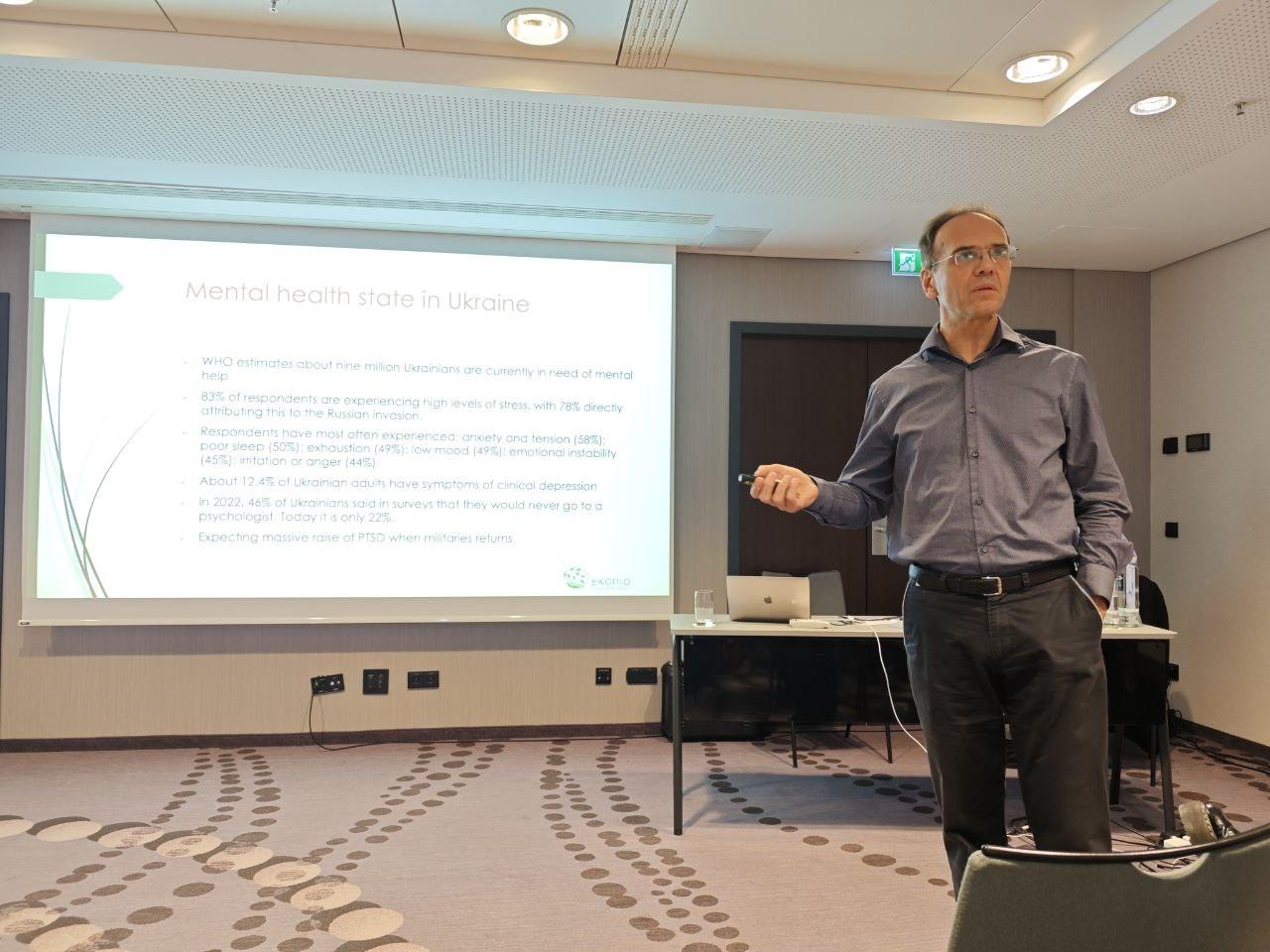Розлади харчової поведінки — це група симптомів, які пов’язані з порушенням вживання їжі та її кількістю. Такі стани супроводжуються великою кількістю ускладнень фізичного здоров’я і можуть турбувати людину протягом багатьох років. Наприклад, існує ризик розвитку аменореї, остеопорозу, зневоднення, порушення роботи серця та нирок, проблем з травною системою, порушення цілісності зубів, глибоких дефіцитів мікроелементів, інсуліно- та лептинорезистентності, безпліддя. І, на жаль, перелік можна продовжувати.
Харчовий розлад починається в момент зациклення на образі тіла і їжі, яку ми споживаємо. Для людини, яка має розлад харчової поведінки, притаманні:
● хронічні дієти, незважаючи на небезпечно недостатню масу тіла
● постійні коливання маси тіла
● одержимість калоріями та вмістом жирів у продуктах
● ритуальні схеми вживання їжі, зокрема розрізання її на крихітні шматочки, їжа поодинці та/або приховування продуктів
● надмірна фіксація на рецептах або приготуванні, відмовляючись від куштування
● уникання сім’ї, друзів та якоїсь залученості до соціуму
● чергування періодів переїдання та голодування тощо
На жаль статистика зазначає, що від цього захворювання в світі щогодини вмирає людина, а кожна 4-та людина з РПХ штовхає себе до суїциду.
РХП налічують такі різновиди:
● нервову анорексію;
● нервову булімію;
● психогенне переїдання;
● спотворення смаку (вживання неїстівних товарів).
Детальніше про деякі з них:
Нервова анорексія
Це суттєве обмеження споживання їжі, що призводить до критичного зниження маси тіла (нижче допустимих параметрів для поточного віку). При цьому людина має сильний страх погладшати і, попри низьку вагу, продовжує процес схуднення.
Дуже часто, люди із нервовою анорексією, окрім обмеження в їжі, тортурують організм:
● надмірними фізичними навантаженнями;
● штучно викликаною блювотою;
● вживанням проносних, сечогінних засобів та очисних клізм.
Нервова булімія
Вона має багато спільного з анорексією:
● надмірний зв’язок рівня самооцінки із зовнішнім виглядом тіла;
● страх збільшення ваги.
Головною відмінністю булімії є неконтрольовані напади сильного переїдання (переважно на тлі «дієт» і голодування). Ці напади супроводжуються страхом набрати вагу і людина починає запобігати цьому застосовуючи вже відомі проносні та сечогінні засоби, блювання, надмірну фізичну активність і тд.
Фактором розвитку РХП є низька самооцінка й ірраціональне глибинне переконання, що «я не такий/не така гарна», а іще:
● відчуття тривоги, депресивний стан;
● уникнення конфліктів та конфронтації з близькими, як наслідки – пригнічена агресія;
● бажання бути хорошим і слухняним;
● складність проявляти «погані» почуття – агресію, гнів, страх, неспокій;
● невміння піклуватися про себе та власний добробут.
Найкращою профілактикою розладів харчової поведінки є формування позитивного образу власного тіла. Якщо помічено сукупність декількох ознаки РХП у себе чи у близької людини, обов’язково необхідно звернутися за професійною медичною та психологічною допомогою.
В нашому центрі ви або ваші близькі можуть отримати підтримку та кваліфіковану допомогу лікаря-психотерапевта та клінічного психолога. Переписати власну історію й причетні до неї емоції таким чином, щоб знову відчути себе в своєму справжньому тілі. Дати самому собі право на життя.
На шляху до одужання пацієнта, в тому числі використовуємо кетамін асистовану інтегративну терапію, з якою та відгуками пацієнтів детальніше можна ознайомитися на сайті https://www.expio.clinic/.
Рекомендація книги: “Тіло веде лік” https://knigogo.com.ua/chitati-online/tilo-vede-lik/
Шапошник-Домінська Дар’я Олегівна, канд.психол.н., клінічна психологиня медичного центру “Експіо”.

















